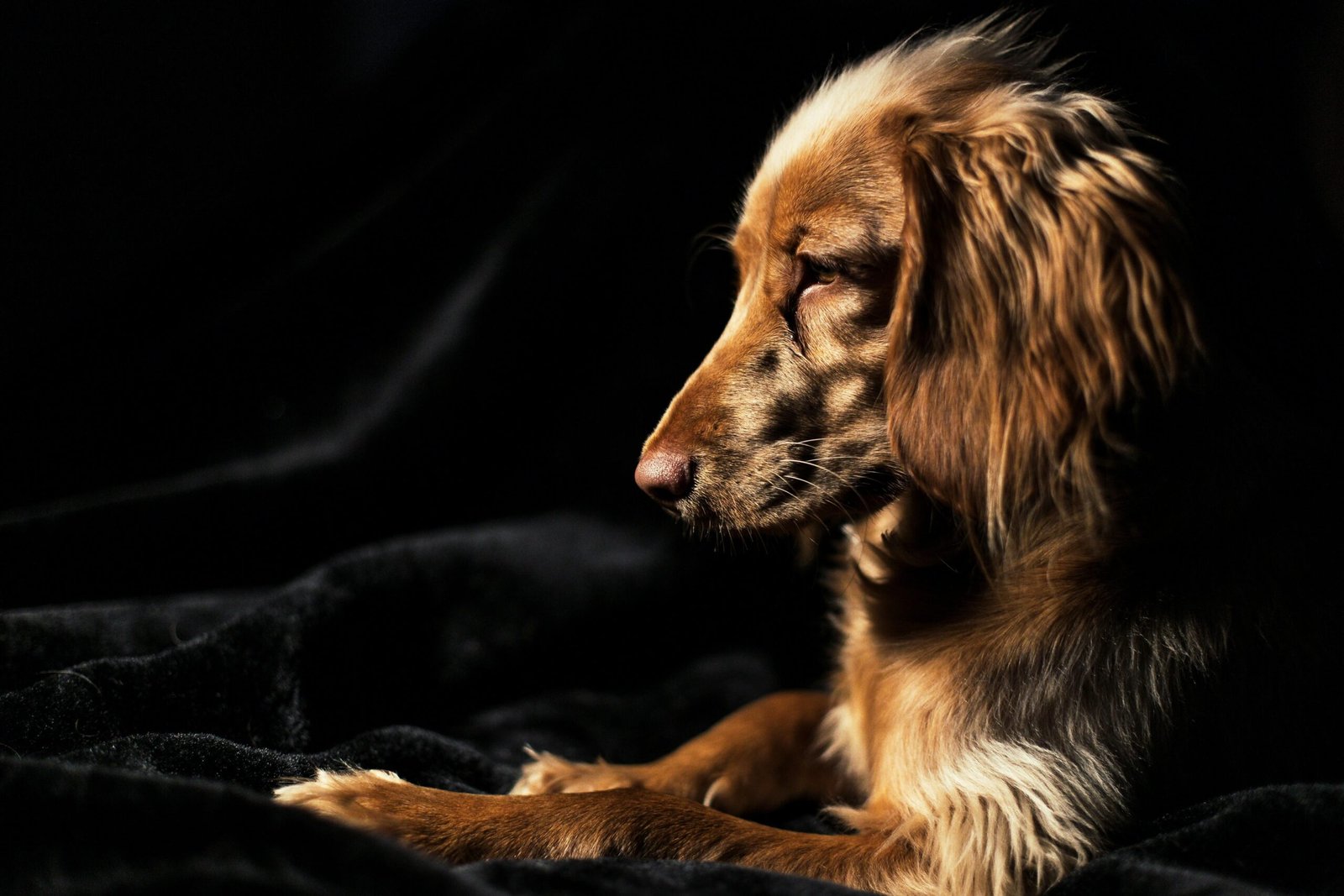Understanding Paronychia: A Common Dog Nail Infection
Paronychia, a condition characterized by inflammation or infection around the nail bed, can be painful and uncomfortable for dogs. This issue often arises from bacteria or fungi entering the skin near the nail, leading to redness, swelling, and even pus formation. While paronychia is not uncommon in dogs, it’s essential to address it promptly to prevent complications like chronic infections or lameness.
As a responsible pet owner, understanding the causes, symptoms, and treatment options for paronychia is key to ensuring your dog’s paws stay healthy and pain-free. In this blog post, we’ll explore everything you need to know about managing and preventing paronychia in dogs, helping you keep your furry friend happy and active.
Symptoms of Paronychia in Dogs
Recognizing the signs of paronychia early can help you seek treatment before the infection worsens. Here are some common symptoms to watch for:
Swelling Around the Nail : The area surrounding the affected nail may appear puffy and inflamed.
Redness : The skin near the nail bed may turn red due to irritation or infection.
Pus or Discharge : You might notice yellow or greenish pus oozing from the infected area.
Licking or Chewing : Dogs often lick or chew at the affected paw in an attempt to relieve discomfort.
Lameness : If the infection is severe, your dog may avoid putting weight on the affected paw.
If you notice any of these symptoms, it’s important to consult your veterinarian promptly to prevent the infection from spreading or worsening.
Causes of Paronychia in Dogs
Paronychia can result from a variety of factors, ranging from injuries to underlying health conditions. Here are some common causes:
Trauma to the Nail : Broken or torn nails can create openings for bacteria or fungi to enter.
Poor Nail Care : Overgrown or improperly trimmed nails increase the risk of infections.
Allergies : Skin allergies can compromise the integrity of the skin around the nails, making it more susceptible to infections.
Immune System Issues : Dogs with weakened immune systems are more prone to bacterial or fungal infections.
Moisture Exposure : Prolonged exposure to wet environments can soften the skin and promote bacterial growth.
Understanding the root cause of paronychia is crucial for effective treatment and prevention.
Check this guide 👉How to Find the Quick on Dog Nails: Best 7 Expert Tips!
Check this guide 👉Understanding and Managing a Dog Nail Split: Best 7 Tips!
Check this guide 👉Dog Nail Cut Too Short Healing Time: Best 7 Care Tips!

Preventive Measures for Paronychia | Common Treatments for Paronychia |
|---|---|
Regular nail trimming to prevent overgrowth | Antibiotics for bacterial infections |
Keeping paws clean and dry | Antifungal medications for fungal infections |
Avoiding rough surfaces that damage nails | Warm compresses to reduce swelling |
Monitoring for signs of allergies | Pain relief medications for severe cases |
Providing a balanced diet for immune support | Surgical drainage for abscesses |
How to Treat Paronychia in Dogs
Treating paronychia requires a combination of veterinary care and at-home management. Here’s what you can do to help your dog recover:
Veterinary Diagnosis : Your vet may take a sample of the discharge to determine whether the infection is bacterial or fungal.
Antibiotics or Antifungals : Medications prescribed by your vet will target the specific type of infection.
Warm Compresses : Applying warm, damp cloths to the affected area can reduce swelling and promote healing.
Nail Trimming : Removing damaged or overgrown nails can prevent further irritation and aid recovery.
Paw Protection : Use dog booties or bandages to protect the infected paw from further injury or moisture exposure.
With proper treatment and care, most cases of paronychia can be resolved within a few weeks.
Tips for Preventing Paronychia in Dogs
Prevention is always better than cure when it comes to paronychia. Here are some tips to keep your dog’s paws healthy:
Regular Grooming : Trim your dog’s nails regularly to prevent overgrowth and splitting.
Inspect Paws Frequently : Check your dog’s paws for cuts, swelling, or signs of infection after walks or outdoor play.
Keep Paws Dry : Dry your dog’s paws thoroughly after walks in wet or muddy areas.
Provide a Healthy Diet : A nutrient-rich diet supports your dog’s immune system and overall skin health.
Avoid Harsh Chemicals : Use pet-safe cleaning products to prevent irritation of the skin around the nails.
By incorporating these practices into your routine, you can significantly reduce the risk of paronychia and ensure your dog’s paws remain in great condition.
Signs That Your Dog’s Nail Infection Is Improving
As your dog recovers from paronychia, it’s important to monitor their progress to ensure the treatment is working. Here are some signs that the infection is improving:
Reduced Swelling : The puffiness around the nail bed will gradually decrease as the infection clears.
Less Redness : The skin near the affected area will return to its normal color, indicating reduced inflammation.
No Pus or Discharge : A lack of pus or discharge suggests that the infection is under control.
Decreased Licking : Your dog will stop excessively licking or chewing the infected paw as discomfort subsides.
Improved Mobility : Your dog will begin using the affected paw more confidently, showing less lameness.
These positive changes indicate that your dog is on the path to recovery, but continue following your vet’s advice until fully healed.
Common Mistakes to Avoid When Treating Paronychia
While treating paronychia, certain mistakes can delay healing or worsen the condition. Here’s what to avoid:
Skipping Veterinary Care : Attempting to treat severe infections at home without professional guidance can lead to complications.
Using Human Medications : Over-the-counter creams or antibiotics meant for humans may not be safe or effective for dogs.
Ignoring Hygiene : Failing to keep the infected paw clean and dry can allow bacteria or fungi to thrive.
Over-Trimming Nails : Cutting nails too short can cause further injury and increase the risk of infection.
Stopping Treatment Early : Halting medication or care before the infection is fully resolved can result in a recurrence.
By avoiding these common pitfalls, you can ensure a smoother recovery process for your dog.
How to Make Your Dog Comfortable During Recovery
Recovering from paronychia can be uncomfortable for your dog, but there are ways to make the process easier. Here are some tips to keep your dog comfortable:
Provide Soft Bedding : Ensure your dog has a cozy, supportive bed to rest their paws during recovery.
Limit Physical Activity : Restrict strenuous exercise to prevent further irritation of the infected area.
Use an Elizabethan Collar : Prevent your dog from licking or chewing the infected paw by using a cone if necessary.
Offer Gentle Massage : Lightly massaging the unaffected areas of the paw can improve circulation and reduce stress.
Reward Calm Behavior : Use treats or praise to encourage your dog to stay calm and avoid aggravating the injury.
By prioritizing your dog’s comfort, you can help them recover more quickly and with less stress.
Frequently Asked Questions About Paronychia in Dogs
Is paronychia contagious to other pets?
No, paronychia itself is not contagious, but the bacteria or fungi causing it could potentially spread if hygiene is poor.
Can I treat paronychia at home without a vet?
Mild cases may improve with home care, but it’s best to consult your vet to rule out serious infections.
How long does it take for paronychia to heal?
With proper treatment, most cases resolve within 1-3 weeks, depending on the severity.
Can allergies cause paronychia?
Yes, allergies can weaken the skin barrier, making it more prone to infections like paronychia.
Should I bandage my dog’s infected paw?
Bandaging can protect the paw, but only do so under veterinary guidance to avoid trapping moisture.
Prioritizing Your Dog’s Paw Health
Paronychia may seem like a minor issue, but it can cause significant discomfort for your dog if left untreated. By staying vigilant, recognizing the symptoms early, and taking preventive measures, you can keep your dog’s paws healthy and infection-free. Whether through regular grooming, proper hygiene, or prompt veterinary care, there are many ways to ensure your furry companion stays happy and pain-free. Remember, your dog’s paws are essential for their mobility and overall well-being—so give them the attention they deserve. With your care and support, your loyal friend can enjoy countless adventures without missing a step.
Canned Pumpkin for Cat Diarrhea: Best 7 Expert Tips! Natural remedy to firm stools, soothe upset bellies, and support gut health safely.
Can a Cat Give You Scabies? Best 7 Expert Tips! Discover the truth about feline mites, human skin risks, and how to protect yourself—without panic.
Cat Flea vs Human Flea: Best 7 Expert Tips! Discover the truth about bites, species, and how to eliminate infestations for good.
Weird Cat Behaviors: Best 7 Expert Tips! Discover why cats do strange things—and how to understand, not punish, their instincts for a happier home.





